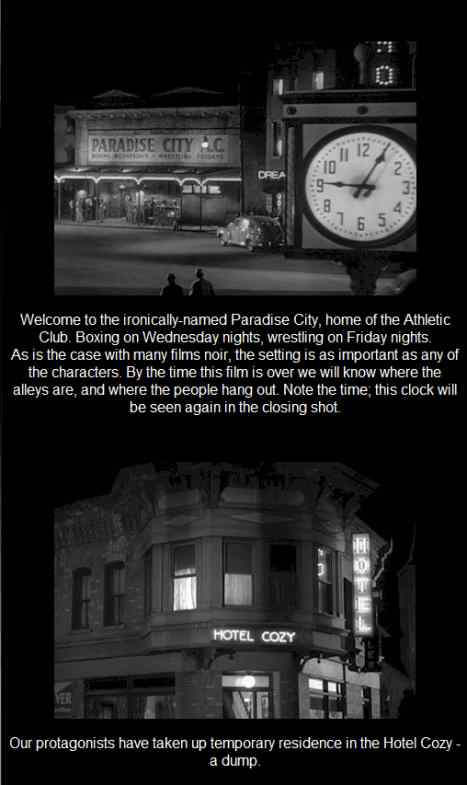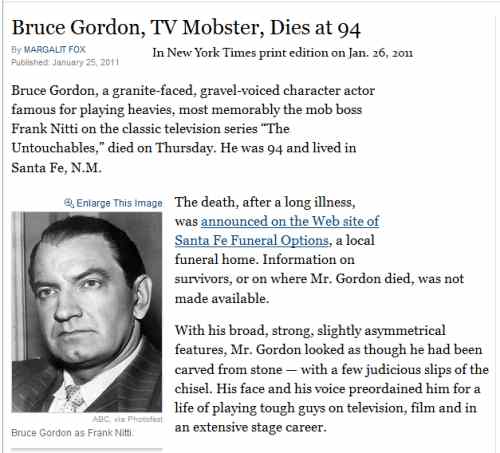In memory of kaleidoscope enthusiast Cozy Baker, who died at 86, according to Saturday's Washington Post , on October 19th.

This journal on that date — Savage Logic and Savage Logic continued.
See this journal on All Saints' Day 2006 for some background to those posts—
“Savage logic works like a kaleidoscope whose chips can fall into a variety of patterns while remaining unchanged in quantity, form, or color. The number of patterns producible in this way may be large if the chips are numerous and varied enough, but it is not infinite. The patterns consist in the disposition of the chips vis-a-vis one another (that is, they are a function of the relationships among the chips rather than their individual properties considered separately). And their range of possible transformations is strictly determined by the construction of the kaleidoscope, the inner law which governs its operation. And so it is too with savage thought. Both anecdotal and geometric, it builds coherent structures out of ‘the odds and ends left over from psychological or historical process.’
These odds and ends, the chips of the kaleidoscope, are images drawn from myth, ritual, magic, and empirical lore. (How, precisely, they have come into being in the first place is one of the points on which Levi-Strauss is not too explicit, referring to them vaguely as the ‘residue of events… fossil remains of the history of an individual or a society.’) Such images are inevitably embodied in larger structures– in myths, ceremonies, folk taxonomies, and so on– for, as in a kaleidoscope, one always sees the chips distributed in some pattern, however ill-formed or irregular. But, as in a kaleidoscope, they are detachable from these structures and arrangeable into different ones of a similar sort. Quoting Franz Boas that ‘it would seem that mythological worlds have been built up, only to be shattered again, and that new worlds were built from the fragments,’ Levi-Strauss generalizes this permutational view of thinking to savage thought in general.”
– Clifford Geertz, “The Cerebral Savage: the Structural Anthropology of Claude Levi-Strauss,” in Encounter, Vol. 28 No. 4 (April 1967), pp. 25-32.
Related material —

See also "Levi-Strauss" in this journal and "At Play in the Field."



